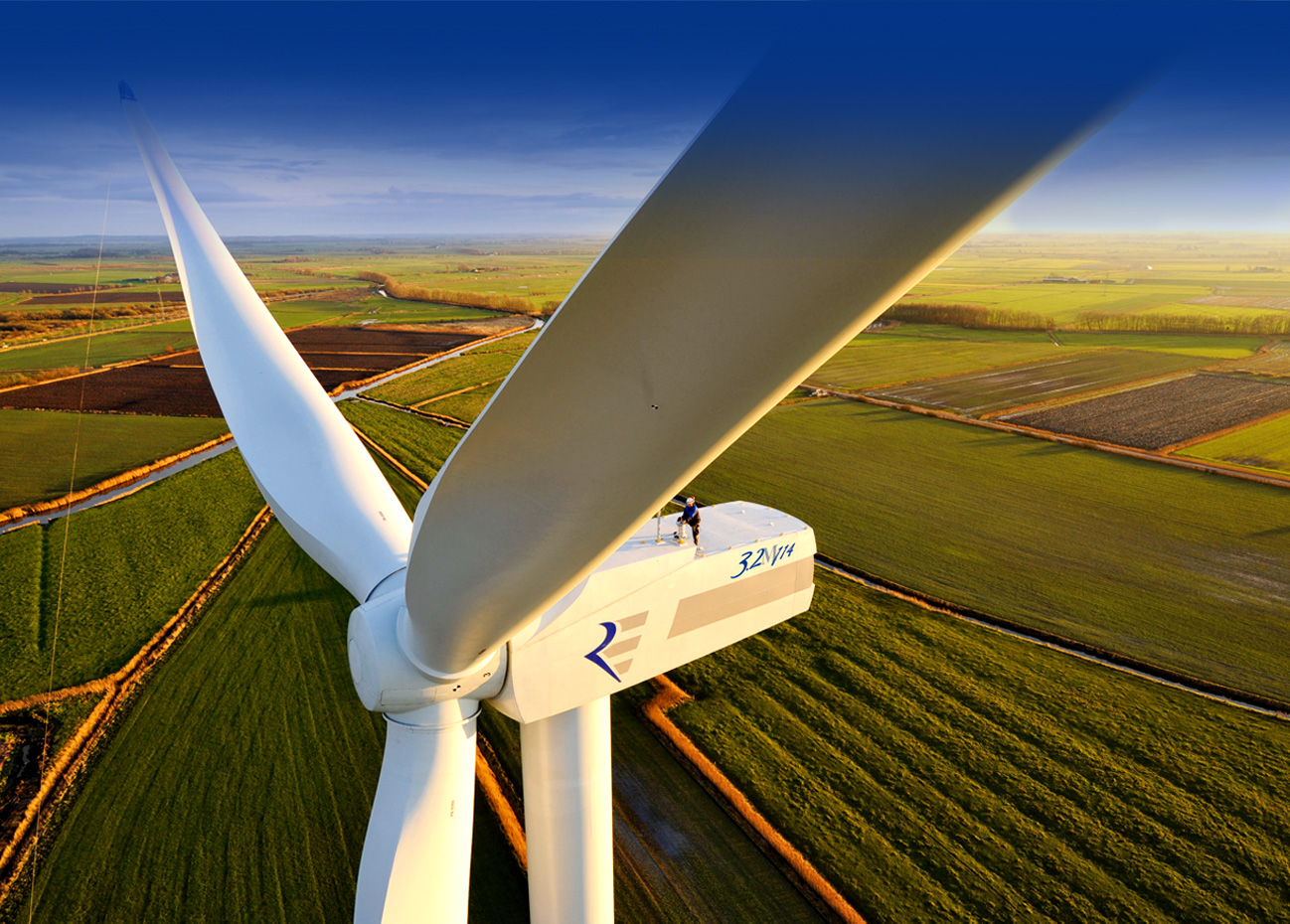
..
Blots on the landscape, prone to breakdown easily and in need of replacement in a few short years.
The Haze was wondering where all this negativity had come from, since in the past lots of people seem to regard them as rather a good thing.
Even allowing for hyper ventilating NIMBY’s worried about their house prices and the usual climate change denial suspects it still seemed odd.
A little digging took me to a surprising report issued by the Renewable Energy Foundation written by Professor Gordon Hughes that seemed to be pretty gloomy about the performance and durability of wind turbines.
He had this to say:
“The normalised load factor for UK onshore wind farms declines from a peak of about 24% at age 1 to 15% at age 10 and 11% at age 15.”
Meaning that a 15 year old onshore wind farm will typically produce less than half its initial output of electricity. Which rather proves the point of all the doomsayers.
Given that the report was commissioned by an organisation that one would suppose to be supportive of wind power this will nowq be hurled at proponents of renewable energy forever more.
Chris Goodall an expert in this field is on the case and you read his detailed examination of the report’s findings here including his own data based rebuttal of its conclusions.
Three quotes from Chris Goodall’s report catch the eye.
I have no idea how Professor Hughes could possibly have calculated the rates of decline of electricity output of 20-year old turbines when – at most – he only had 10 years of figures.
given that the outputs from wind farms are only publicly available from 2002, how is the Professor able to estimate exactly what the rate of decline in output of a 20-year old wind farm is likely to have been?
Because of Peter Edwards’ generosity in releasing Delabole figures to me, I can show that the decline of that single farm’s output is nothing like Hughes’s statistical forecasts.
Interestingly DECC Chief Scientist David MacKay responded to the study, publicly saying that Hughes’ work had serious statistical flaws.
REF has recently rebutted Professor MacKay’s comments saying, with some asperity, that his actions are ‘extraordinary’ and impugning his understanding of econometrics.
Now not all of us perhaps need a degree in econometrics to understand that twenty year projections based on ten years of data look a little suspect.
The Haze also muses that when we need a government scientist to defend wind power from an organisation like the Renewables Energy Foundation then something doesn’t quite add up somewhere.
The row has continued – with REF hosting an angry second rebuttal from Professor Hughes – do read at your leisure and make your own mind up.
The Haze thinks that Professor Hughes has a lot of huff but not much puff – much of his rebuttal hinged on the repeated assertion that we are too stupid to understand his complex statistical methods and that his critics were playing the man and not the ball.
He alludes to data from other countries and notes that the sites used for wind turbines and the cumulative lack of maintenance affect the results – but that doesn’t stop him from coming up with headline mathematical figures that will be used as absolutes in this debate – he can’t surely be unaware of that?
Far be it from us to play the man and not the ball, but we can’t help noticing that Professor Hughes is an economist and a senior adviser at the World Bank until 2001.
Neo-classical economists are not a group of people renowned for scientific rigour but they are renowned for their loud protestations that we are too stupid to understand their calculations and heated in their defence of their ideologies.
watch this space because this row has legs and there is a lot more to know yet.
More Stories
Top 3 most laughable stories in The Guardian today
Covid19 is here forever – unless we mend our selfish ways
Owen Smith to be replaced by Dusty Bin from 3-2-1